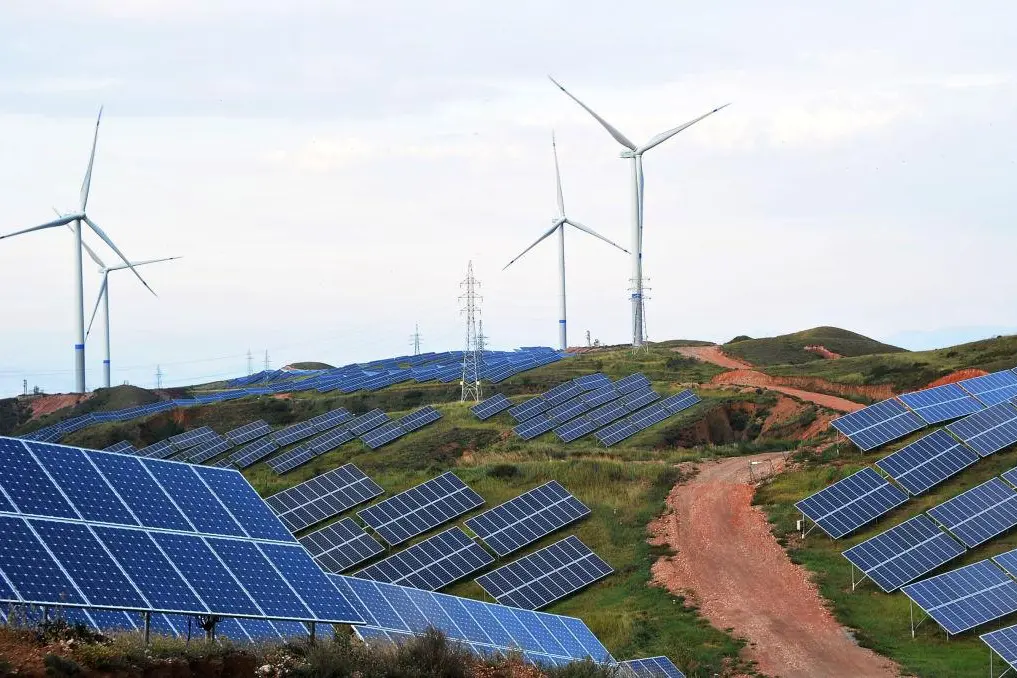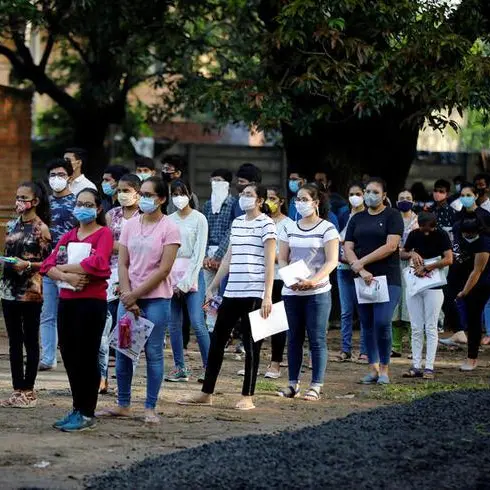PHOTO
NEW YORK - California wants half its electricity needs to come from renewables by 2025. Yet last month it reduced solar and wind production by the most on record. That’s because the Golden State is building so much solar power that there’s increasingly more available than can be used – and storage remains expensive. It’s a similar story from Beijing to Berlin. It’s not a bad problem to have, though.
The cost of producing solar power has dropped by more than 80% over the past decade, according to the Department of Energy. That’s thanks to both technological improvements and increased economies of scale. It’s likely to continue. In many areas of the country wind and solar are already among the cheapest sources of energy; they account for around a fifth of California’s electricity needs.
Grid demand must match supply, though – or risk damaging equipment or even causing blackouts. So when there’s a surfeit of power, prices go negative and force supplies to be taken offline. Last month, California curtailed about 225,000 megawatt hours of electricity from wind and solar. That’s a record, equivalent to about 1% of the state’s electricity demand and some 25 times as much as was switched off a year earlier.
Far from prompting a drop in new solar and wind farms, though, the incentive is to deploy more – especially as costs fall and panel efficiency increases. Studies generally show overbuilding solar, and then curtailing some production, is cheaper than deploying less or storing the rest.
Savvy companies and individuals can take advantage of oversupply. Teslas and other electric vehicles, for example, can be programmed to charge when prices are low. And the more excess electricity there is, the more can be sent to markets where the sun shines less and the wind blows more softly – a boon for those constructing transmission lines like ABB and Quanta Services. Adding more transmission capacity has allowed Texas to curtail far less than the 18% or so of wind production of a decade ago, while tripling supply.
The key is to develop cheaper, better storage. That’s happening: The price of lithium batteries from the likes of Panasonic is dropping faster than solar power. That should add an extra boost to renewables deployment – and help California reach its green goals.
On Twitter https://twitter.com/rob_cyran
CONTEXT NEWS
- California’s main grid operator, CAISO, reduced production of wind and solar power by about 225,000 megawatt hours in May. That’s more than three times as much as was curtailed in May 2018.
- If power supply exceeds demand, the clearing price goes negative to reduce production, and maintain grid stability.
- For previous columns by the author, Reuters customers can click on CYRAN/
- SIGN UP FOR BREAKINGVIEWS EMAIL ALERTS http://bit.ly/BVsubscribe
(Editing by Antony Currie and Amanda Gomez) ((robert.cyran@thomsonreuters.com; Reuters Messaging: robert.cyran.thomsonreuters.com@reuters.net))












